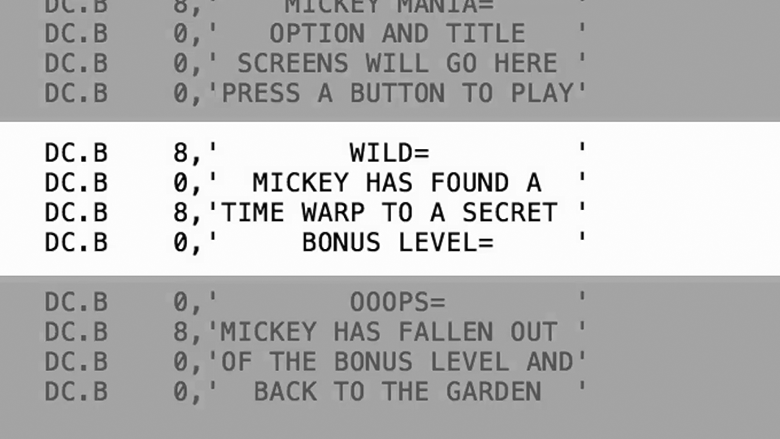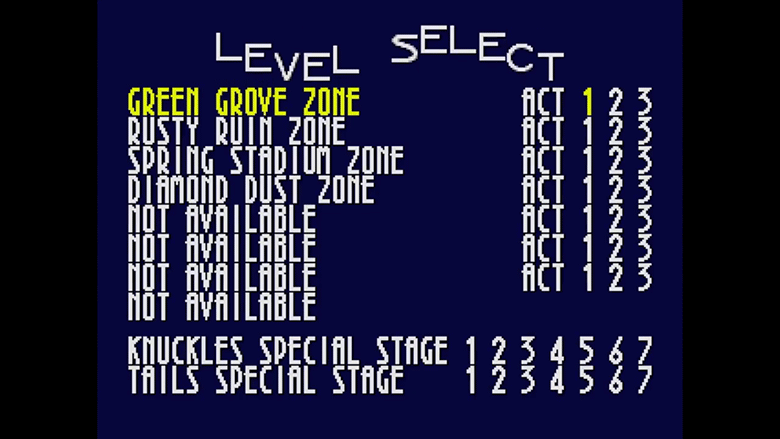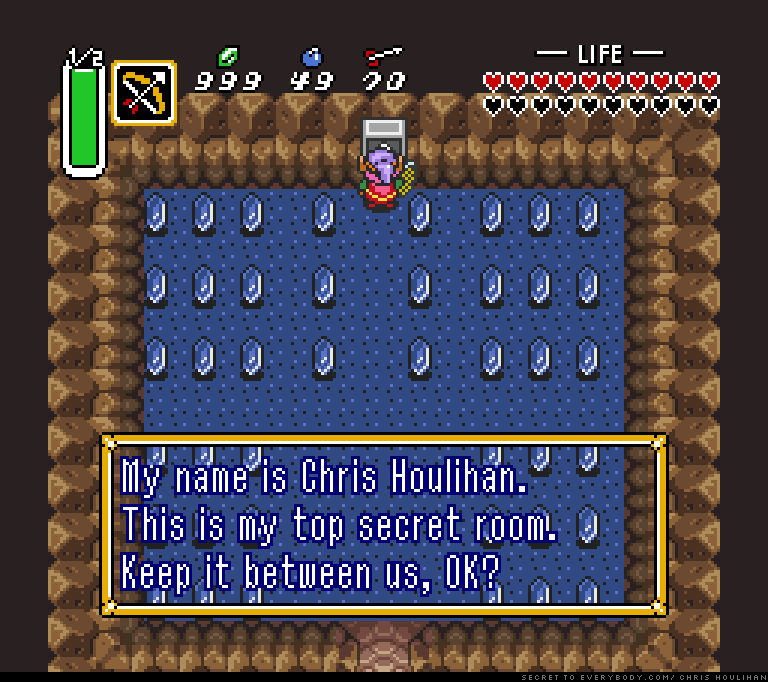To be certified by Sega, a game developer called bugs features.
 On what tricks the developers will not go to get certification of their game for the game console. In fact, it is a long and difficult process that takes several weeks. It includes checking for bugs with testers from the console manufacturer. Any failures in the game can cause a failure in certification, then the developer must correct the flaws - and start the procedure again.
On what tricks the developers will not go to get certification of their game for the game console. In fact, it is a long and difficult process that takes several weeks. It includes checking for bugs with testers from the console manufacturer. Any failures in the game can cause a failure in certification, then the developer must correct the flaws - and start the procedure again.
More than 20 years after his scam, the founder of Traveller's Tales studio (now called TT Games), John Burton (Jon Burton) told how he epically certified Mickey Mania for the Sega Mega Drive in 1994. In short, he betrayed the failures of the game as a kind of “Easter eggs” - and deceived the testers.
In the game Mickey Mania often occurred failures. In this case, the game crashed with an error message and a brief description of the error. For example, “DMA Over Frame Limit”.
All variants of errors were written in the code: for example, among them are too many sprites that the game tries to display or too many sprites in the output list, a DMA buffer overflow, no location for the item, an addressing error, and so on.

Such descriptions and messages are useful for debugging, if the developer is really going to fix these errors. But John Burton had another goal - to get certified. Therefore, he used a clever trick: just before the certification itself, he replaced the screen with information about the error with another message. When the game crashed, a message was shown that Mickey Mouse found a portal of time that takes him to a secret bonus level - and, accordingly, immediately after the crash, another level of the game was loaded. The game randomly selected the previous or next level, so the game continued even in spite of multiple failures.

Easter eggs turned out to be so convincing that the developer managed to deceive the real testers of Sega and get certified.
Burton was impressed with the success of the Mickey Mania game and did not stop there. He then used the same trick with another Toy Story game in 1995. At this time, in the event of departure from the game, an additional mini-game was launched, allowing the player to earn bonus points.
In 1996, the developer further improved the process in the game Sonic 3D . Here, instead of an error message, a splash screen appeared with a choice of level.

This decision led to unexpected consequences. For example, a few years ago, fans of the game discovered that if you kick a cartridge while it is in the console, you can display a menu with a choice of level - and they enthusiastically started using this “tricky easter egg”.
Unfortunately, John Burton was forced to upset the fans. In fact, there is no special secret here, and this is not at all the Easter eggs. Just by kicking a cartridge, the contact between the cartridge and the attachment is broken, with the result that the error detection system throws out a message about an unknown error and displays the same window with the choice of level.
Besides the fact that a new “Easter egg” appears in the game, such a reception actually means that the game cannot be brought down! Any failure it turns into a useful feature.
Issuing game bugs for features or Easter eggs is a very original way of game development. Generally speaking, in this way you can come up with a lot of different features, as shown in this humorous animation.

The story of John Burton and at least three of his games that have been certified fraudulently shows that cheaters sometimes succeed. During its 26-year history, the British studio Traveller's Tales (TT Games) has developed several dozen games, and the Lego Star Wars game created in 2005 brought it special fame : The Video Game . In November 2007, the company bought Time Warner. The amount of the transaction is not called, but it can be assumed that the cheater John Burton became a millionaire.
It is possible that he was not the only one who used such tricks to "turn bugs into features." It is known that this technique was used in the famous game The Legend of Zelda: A Link to the Past . There, in the event of a failure, the player was transferred to the secret room of Chris Julihan, the winner of the competition in Nintendo Power magazine. In honor of him in 1991 called the secret room. It was possible to enter it not only in the event of a malfunction, but also by performing an incredible combination of using super speed, explosions and jumps. The secret room was so hidden, and failures were so rare that the existence of this room to the general public became known only in 2002.

“My name is Chris Julihan. This is my top secret room. Leave it between us, ok? ”
That is, the game The Legend of Zelda: A Link to the Past, too, was actually "unkillable."
All Articles